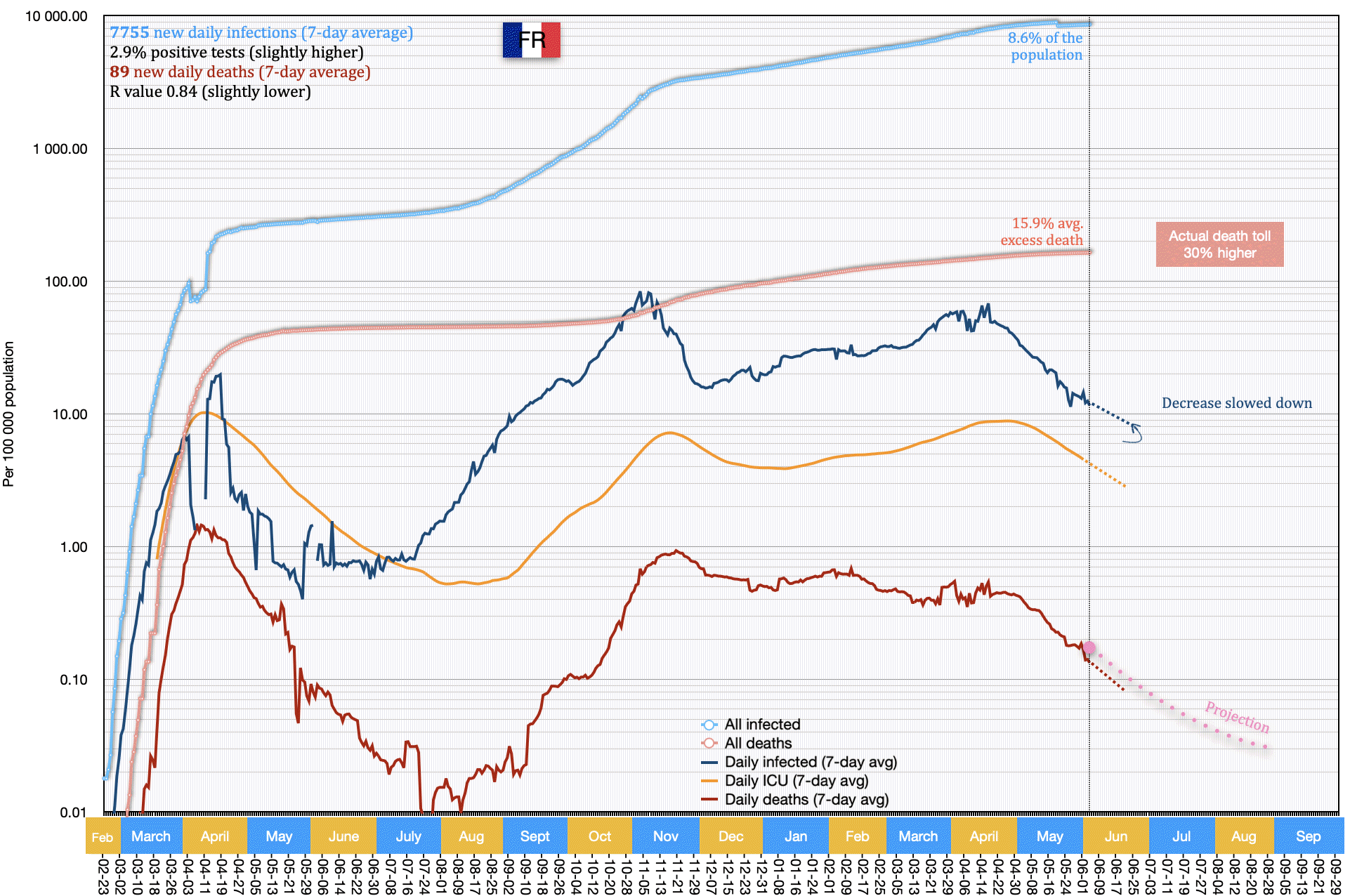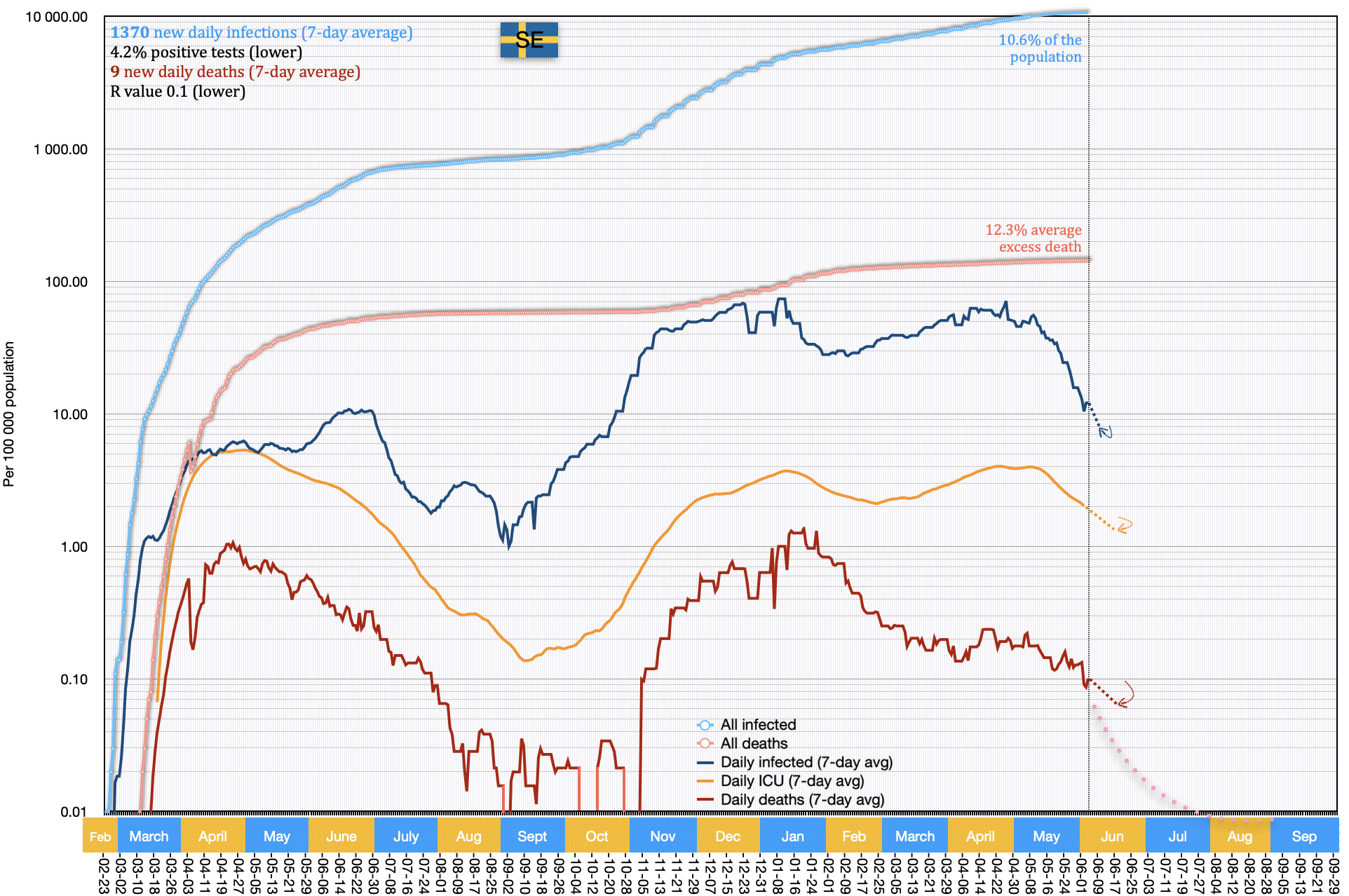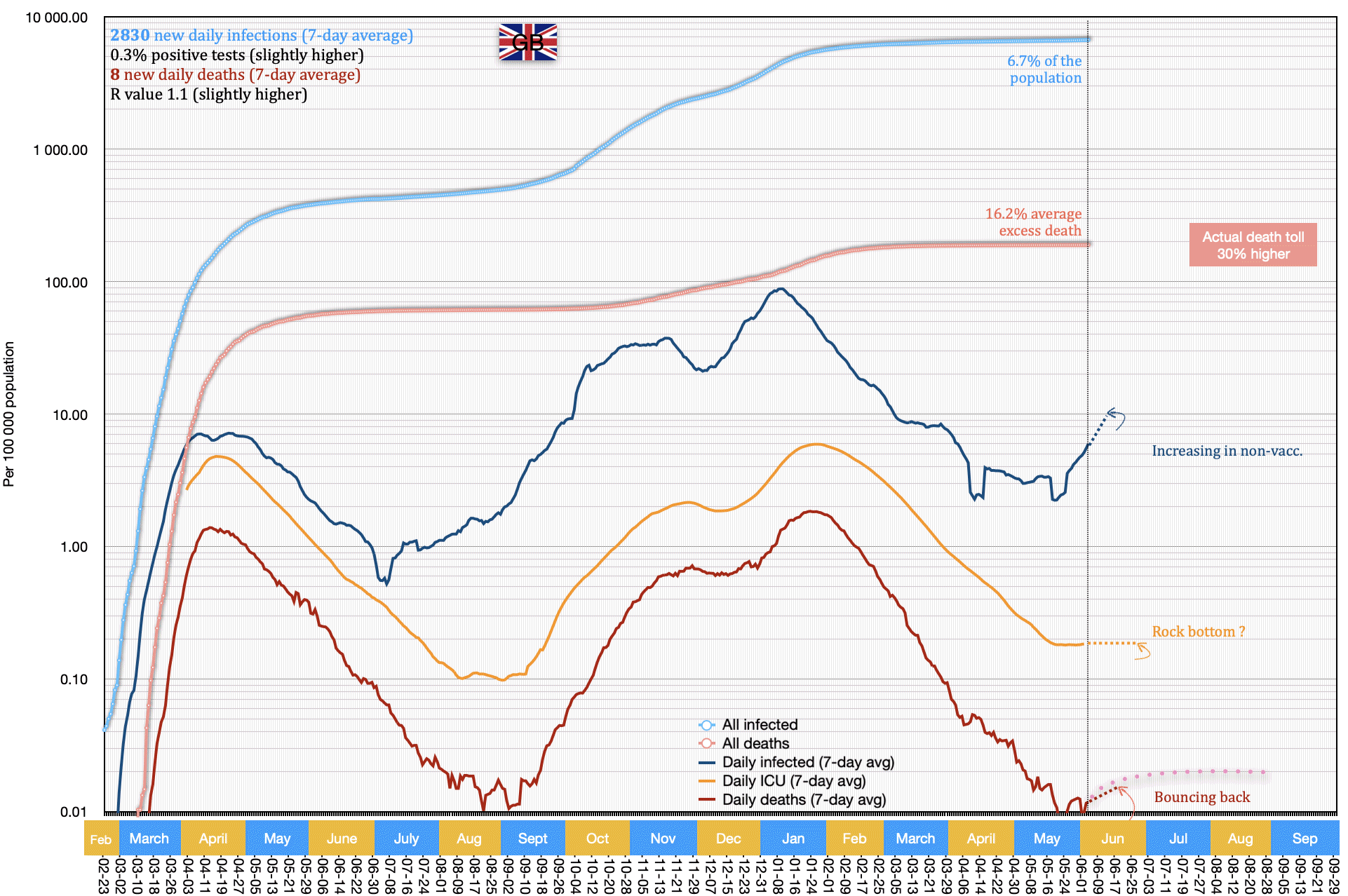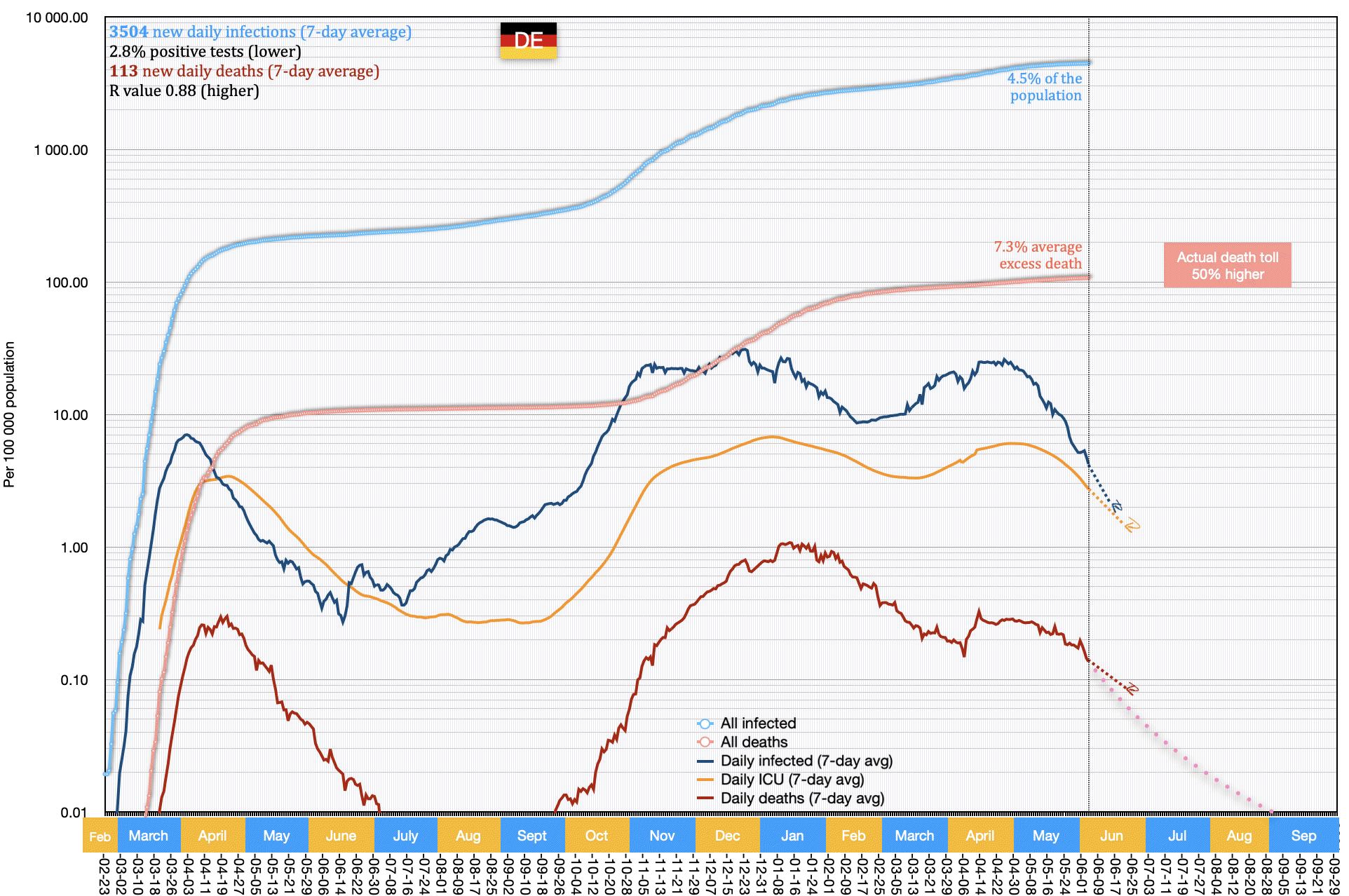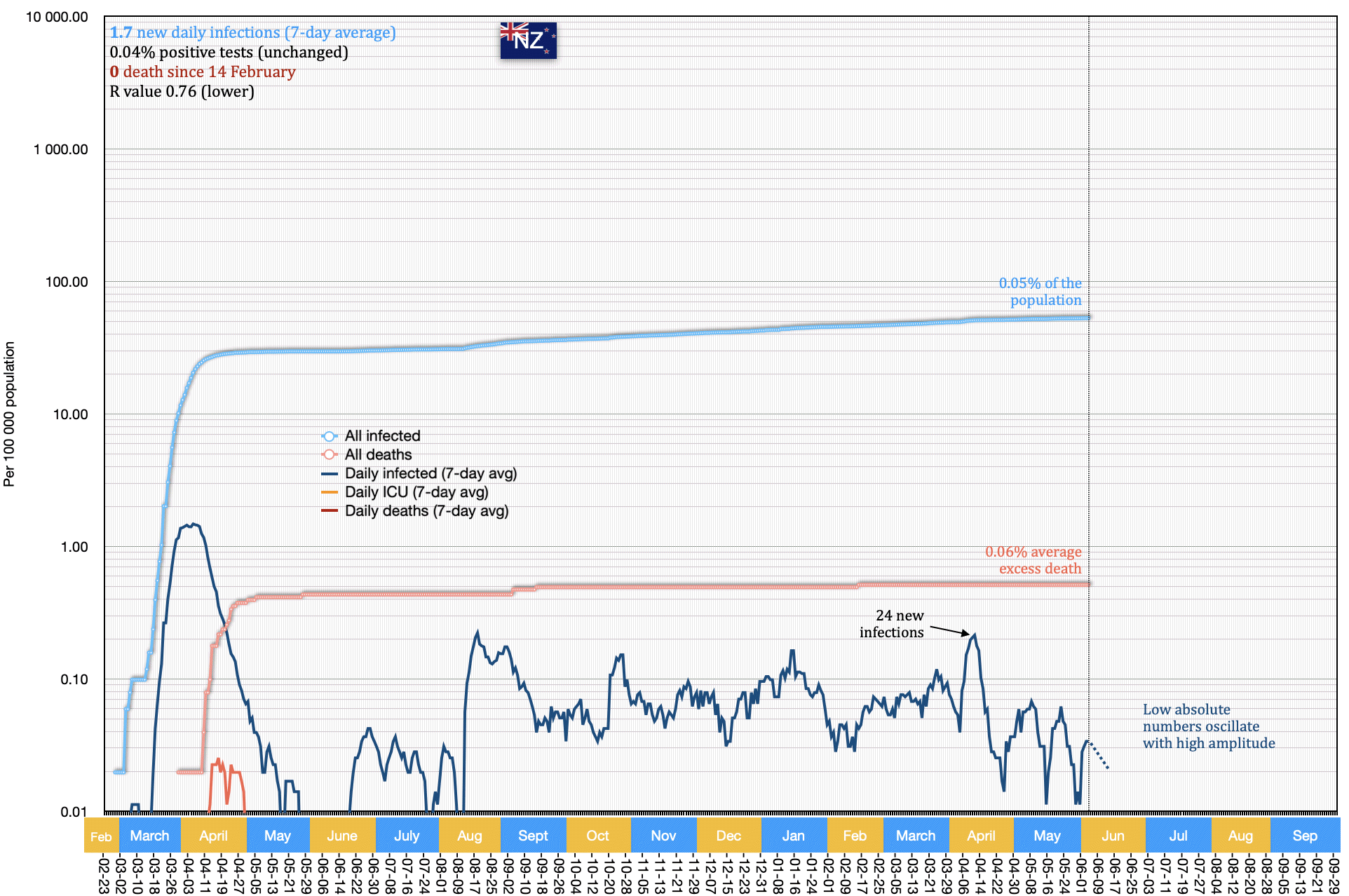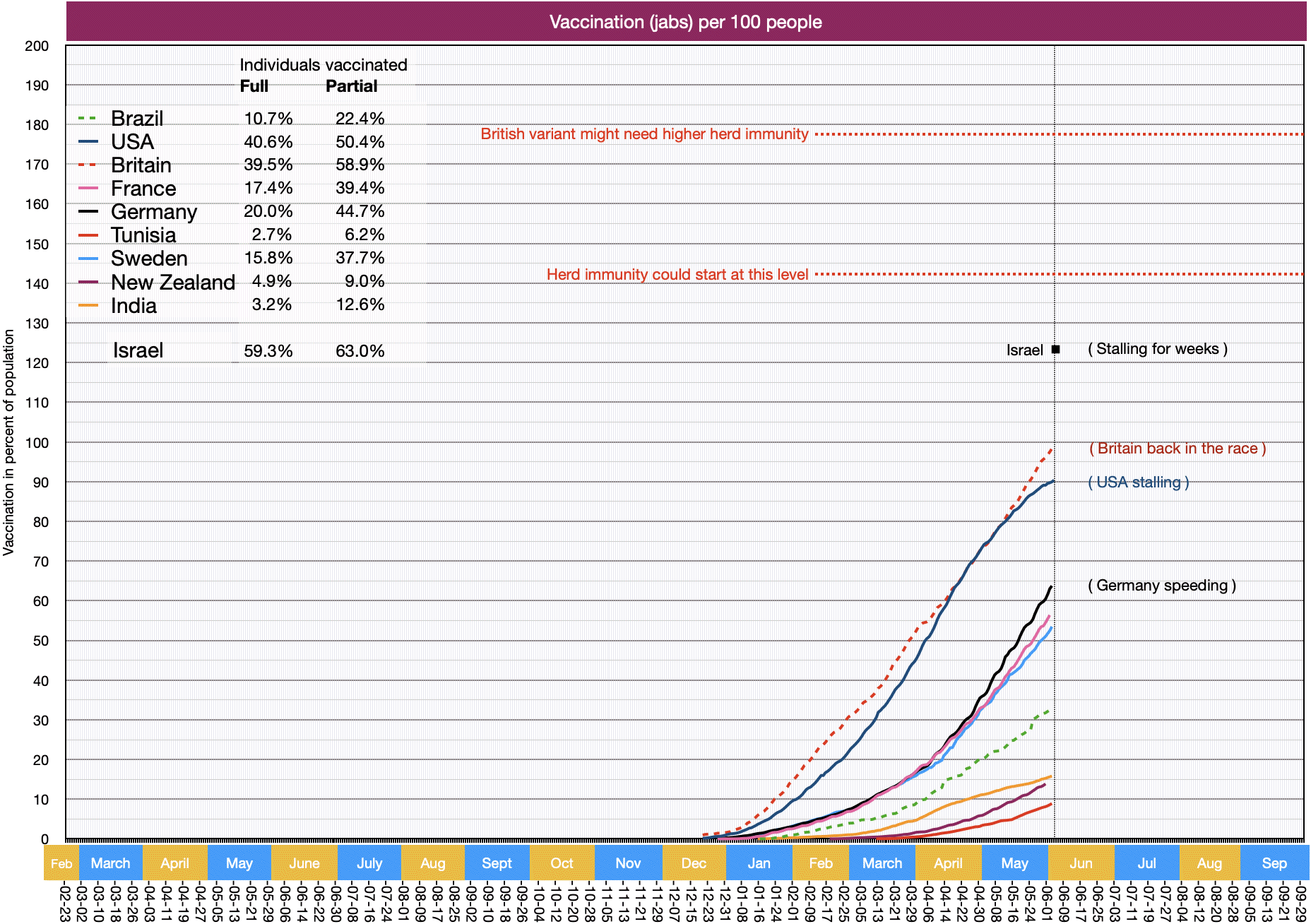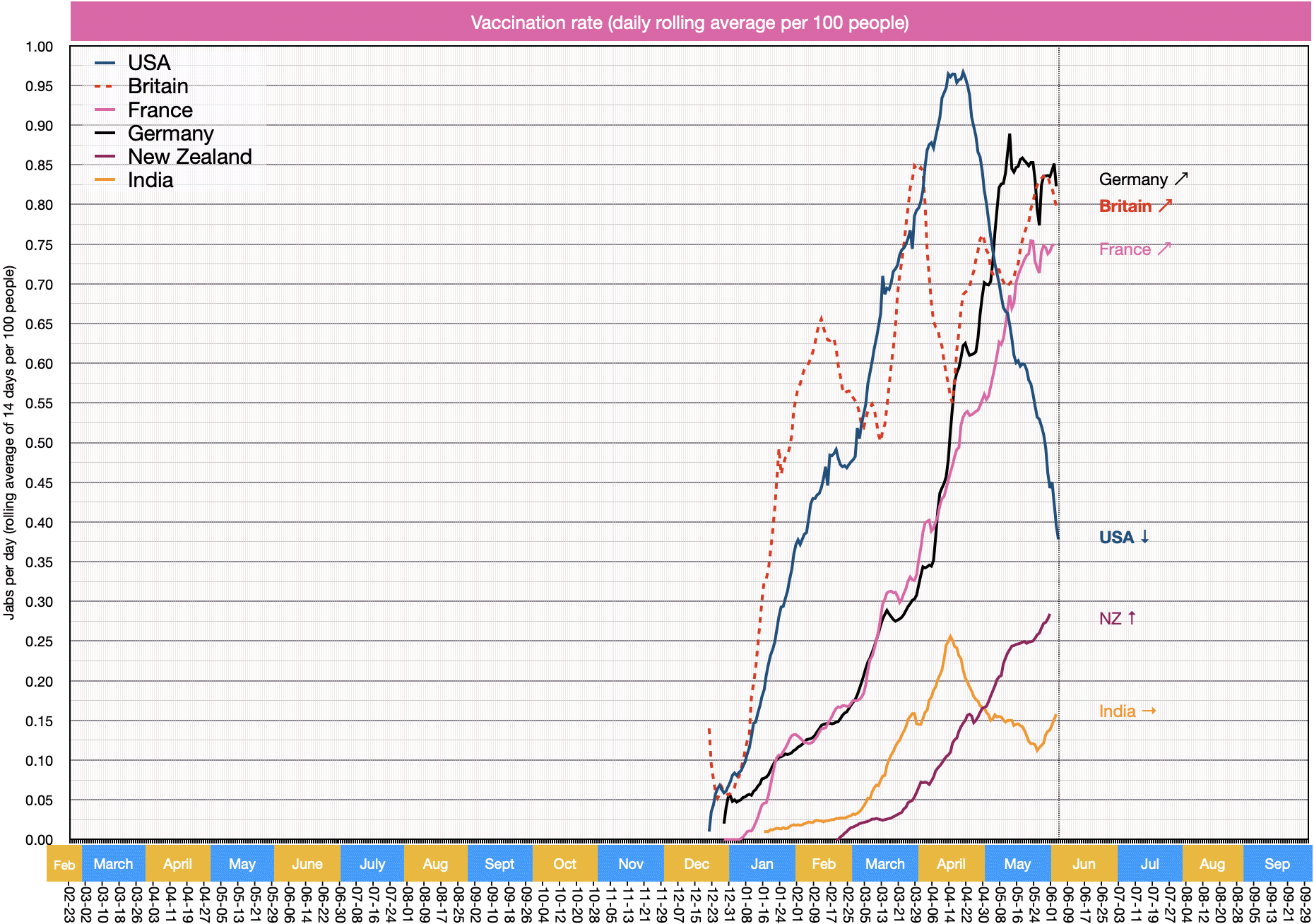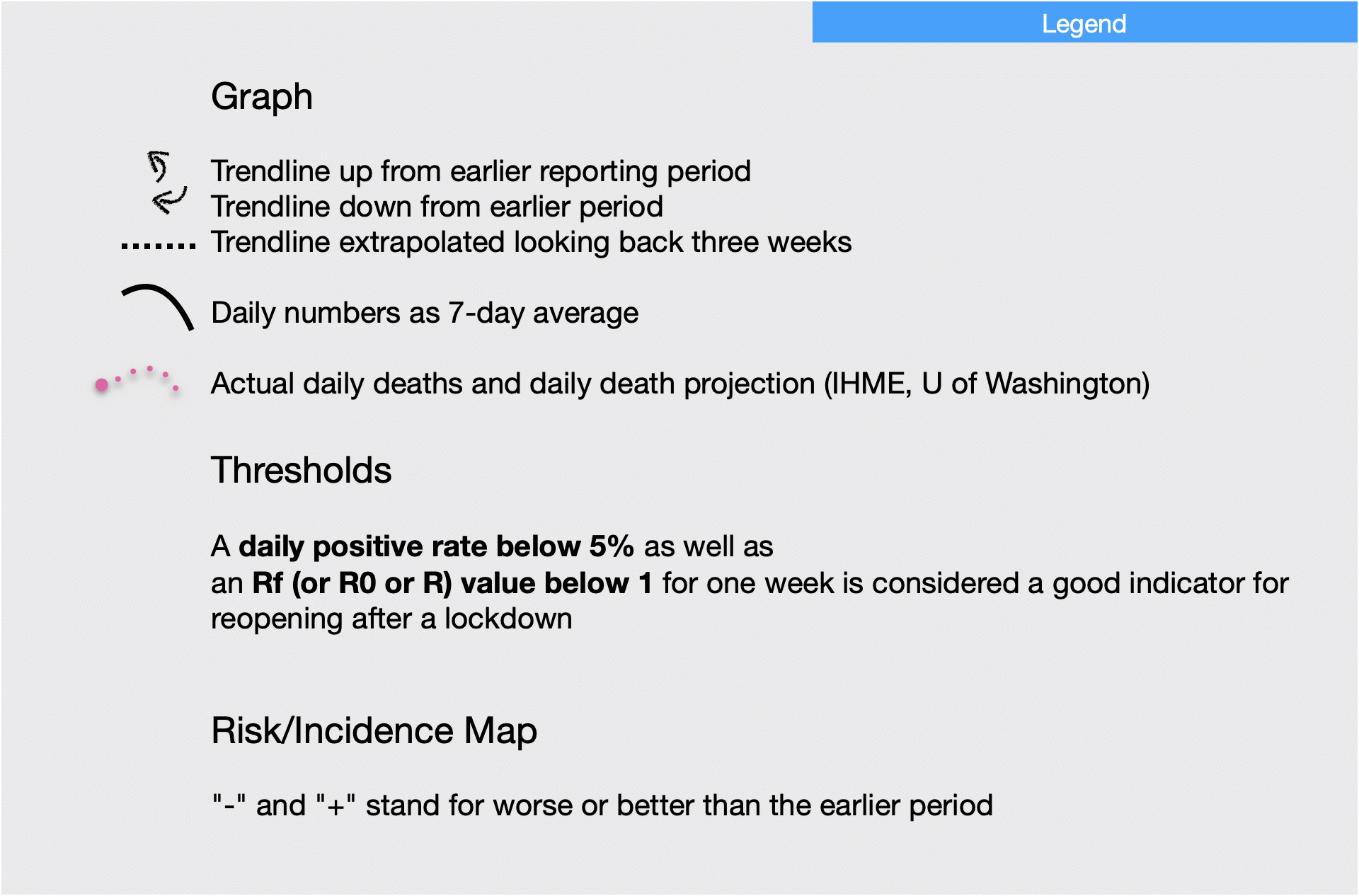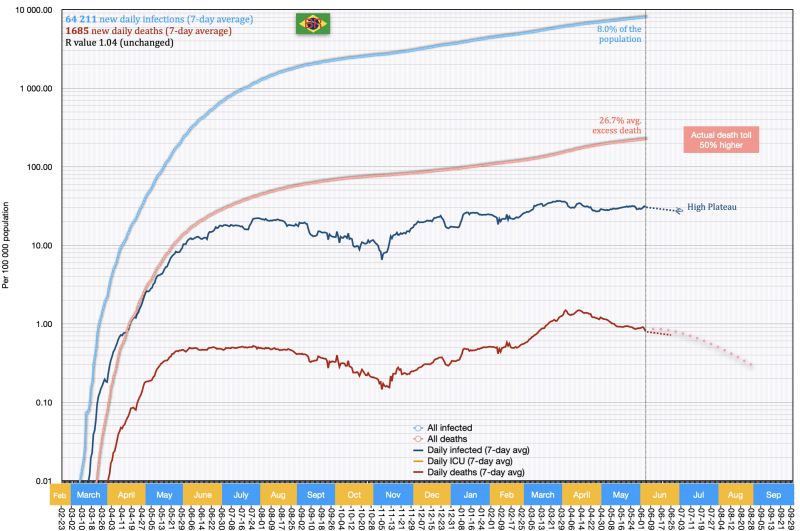 Brazil – 4 June
Brazil – 4 June USA – 4 June
USA – 4 June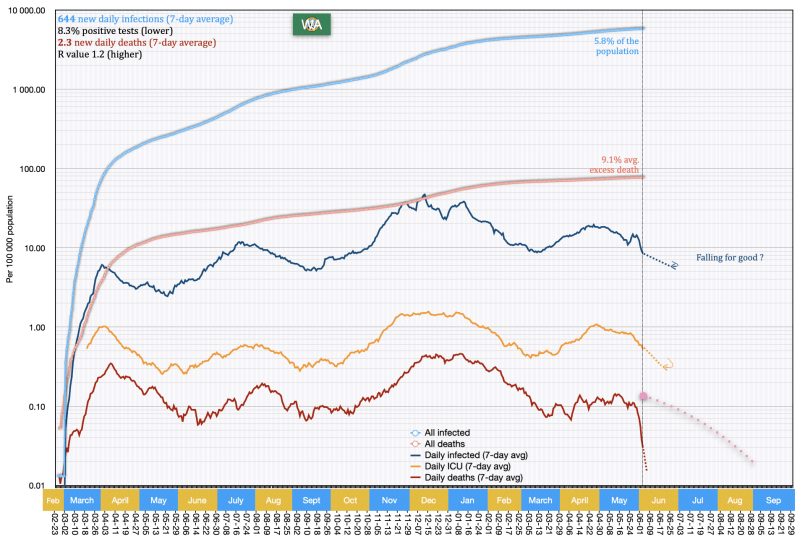 Washington State – 3 June
Washington State – 3 June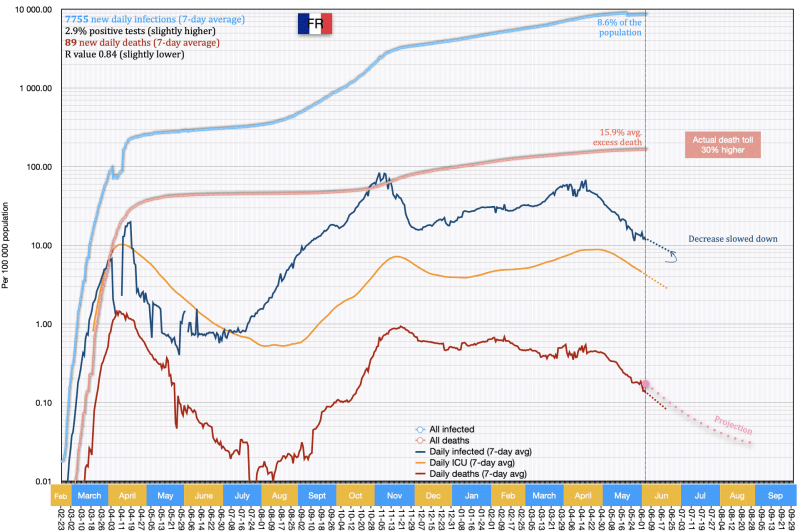 France – 4 June
France – 4 June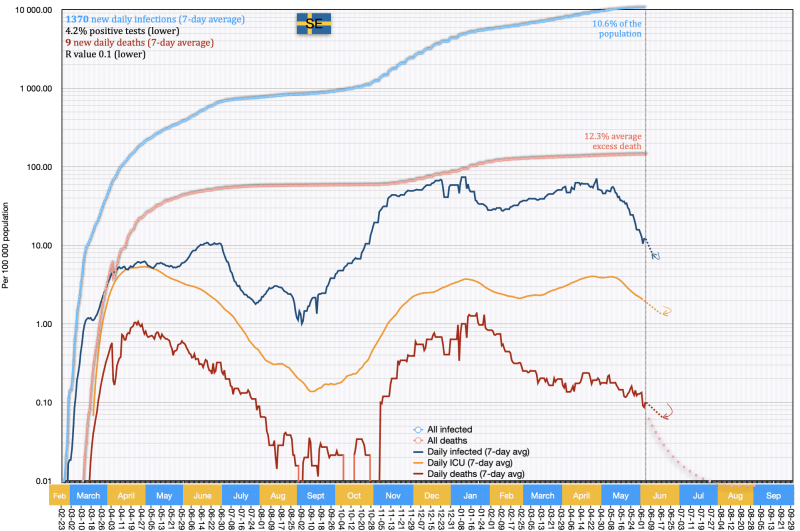 Sweden – 4 June
Sweden – 4 June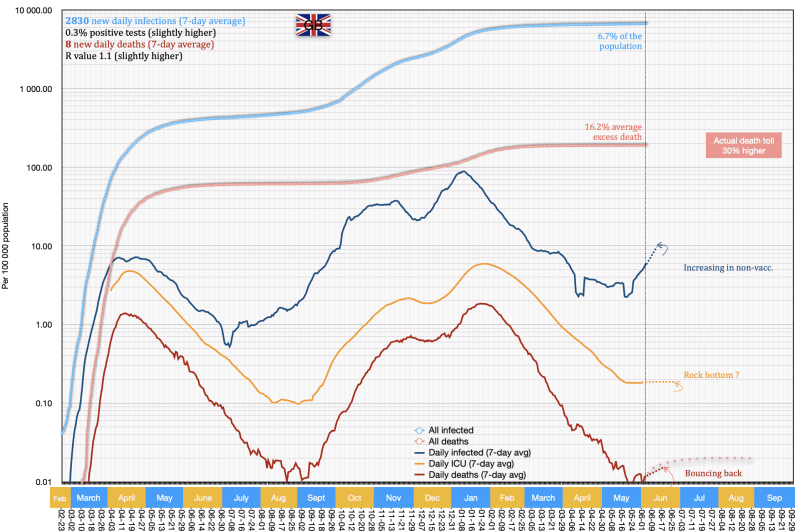 Britain – 4 June
Britain – 4 June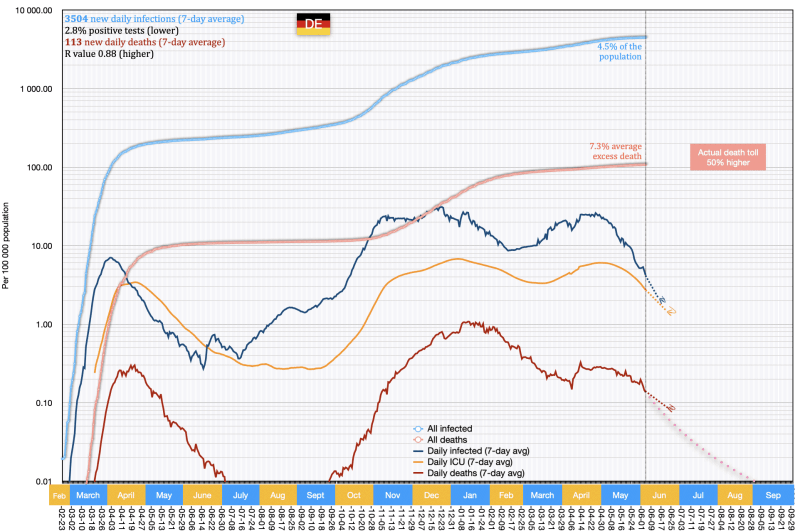 Germany – 4 June
Germany – 4 June Tunisia – 4 June
Tunisia – 4 June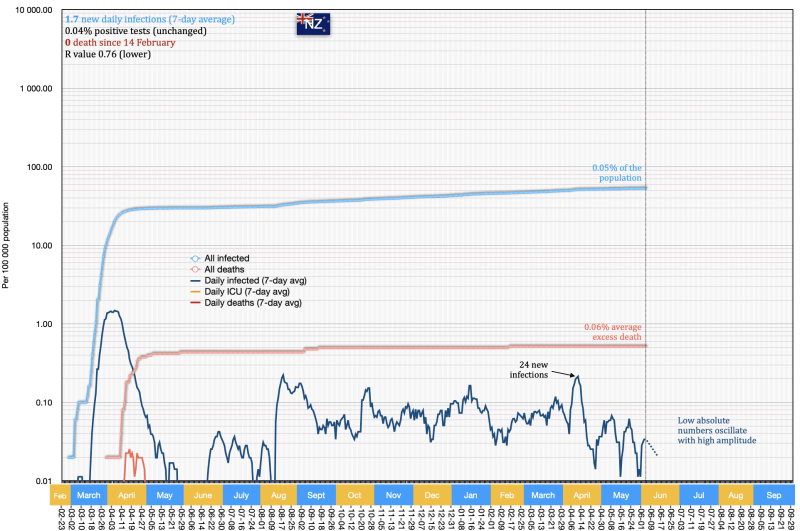 New Zealand – 4 June
New Zealand – 4 June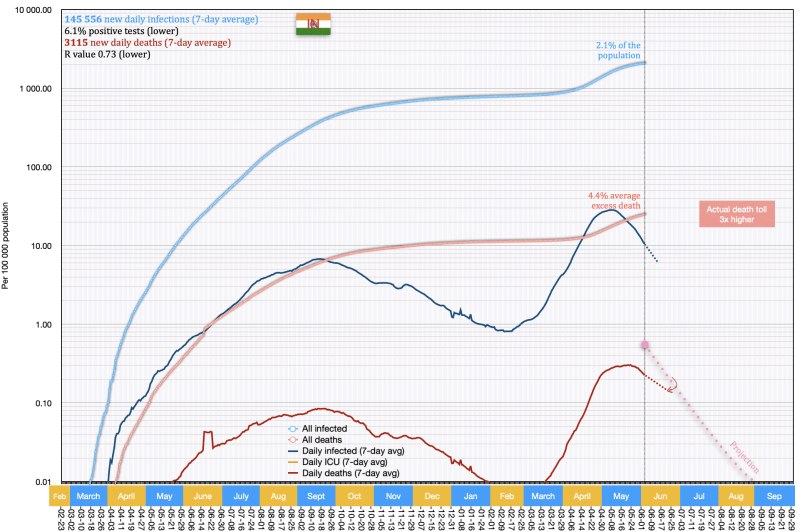 India – 3 June
India – 3 June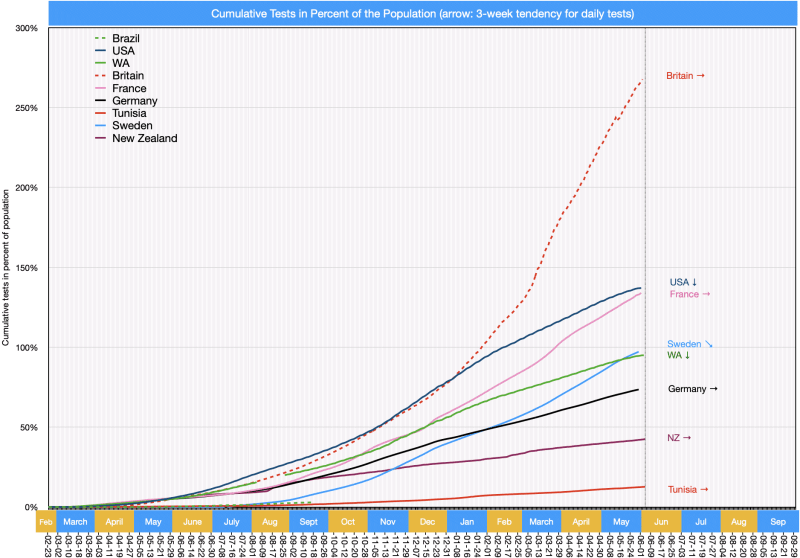 Testing Rate – 4 June
Testing Rate – 4 June Daily Positive Rate – 4 June
Daily Positive Rate – 4 June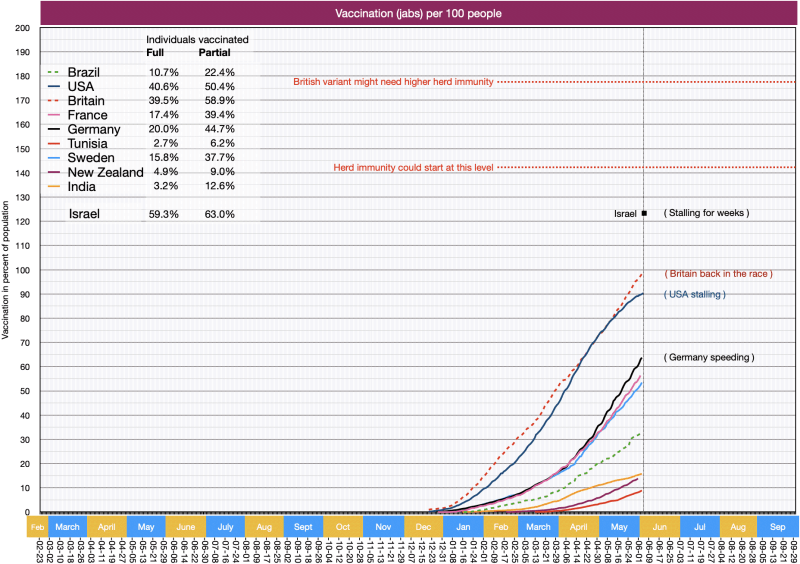 Vaccinations – 4 June
Vaccinations – 4 June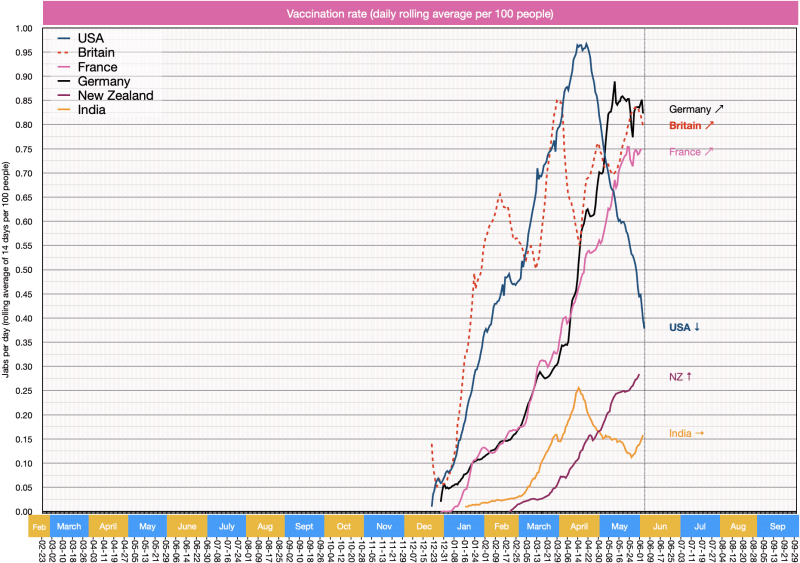 Vaccination rate – 4 June
Vaccination rate – 4 June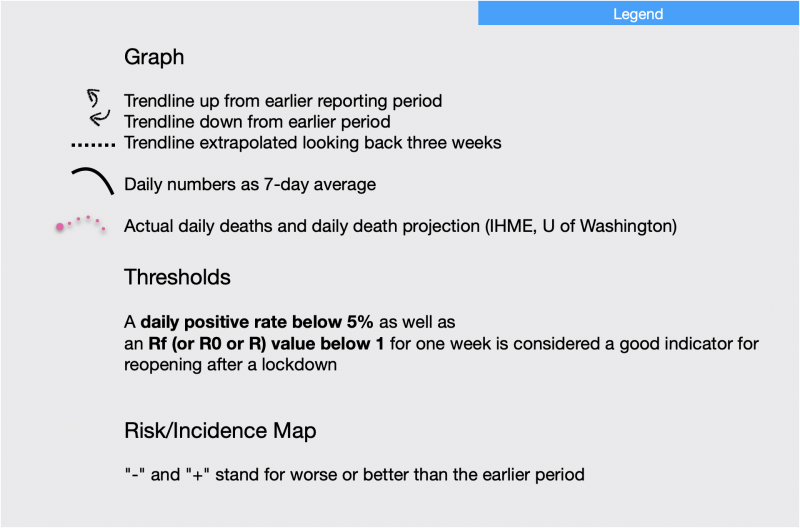 Legend
Legend


